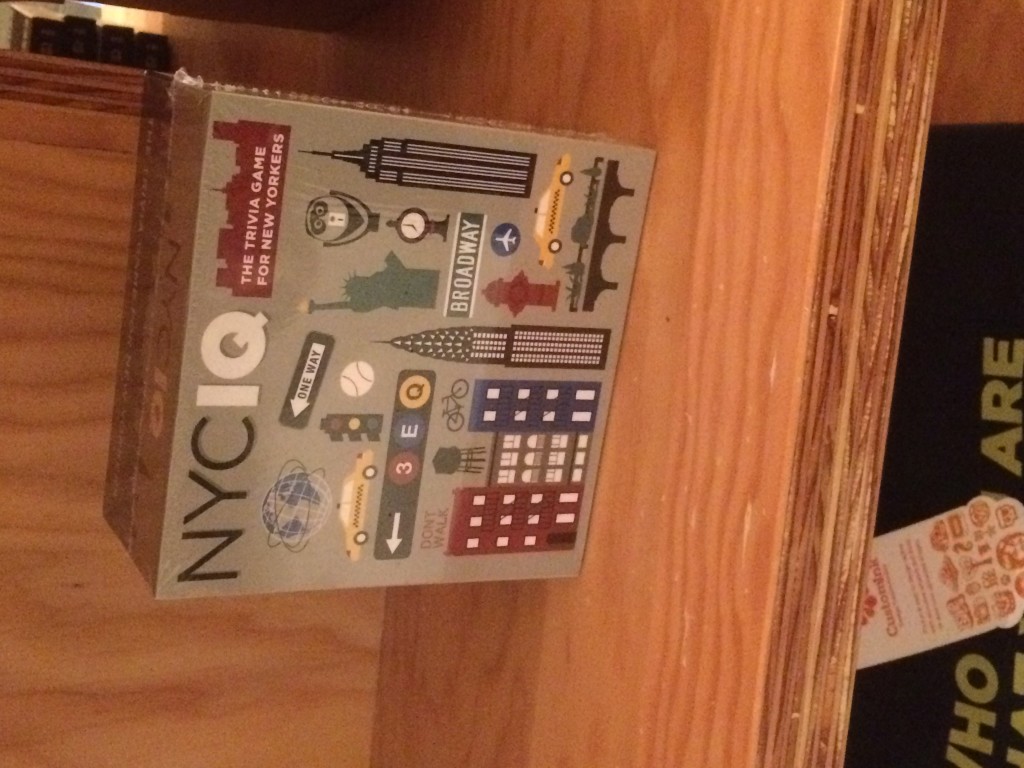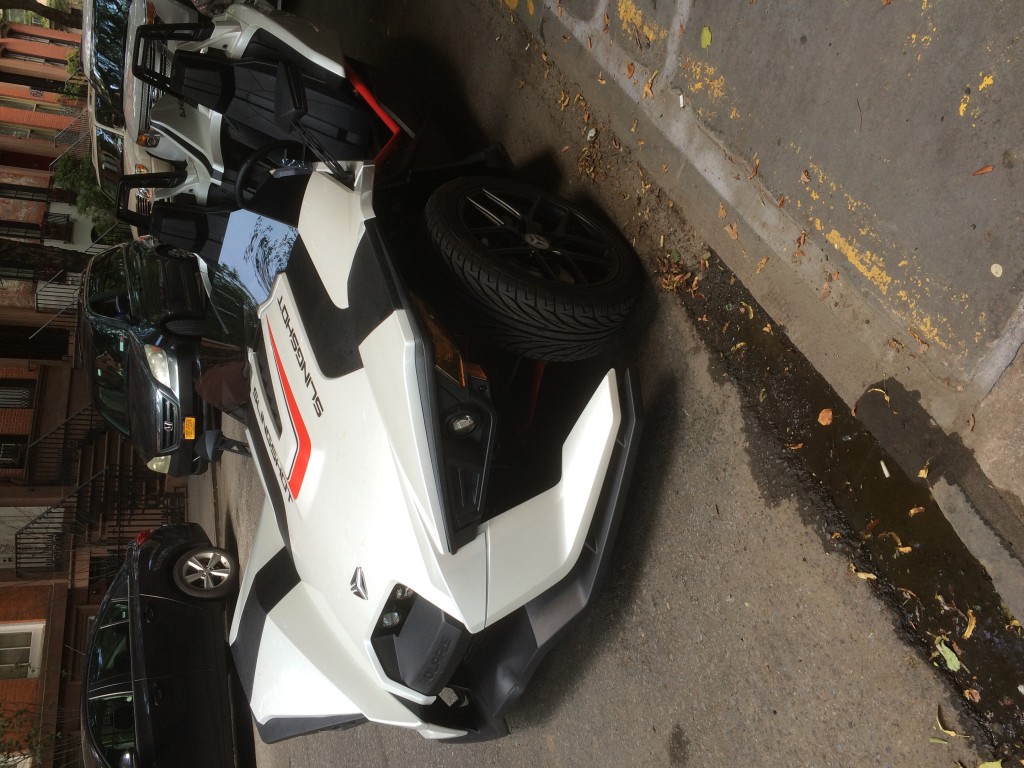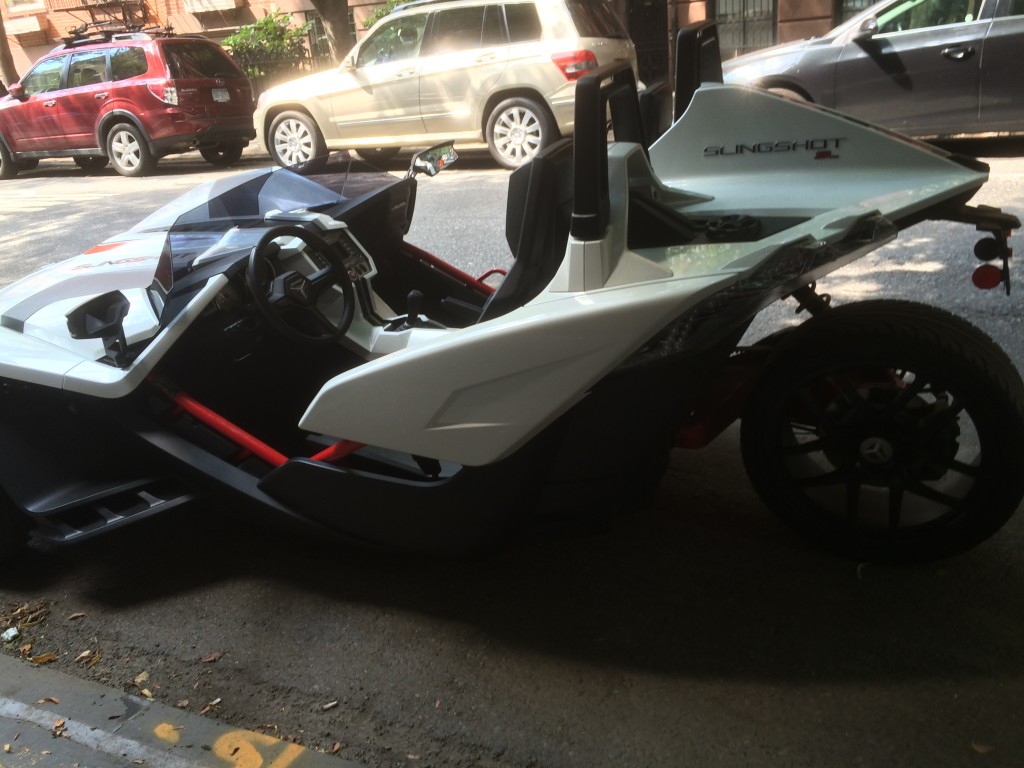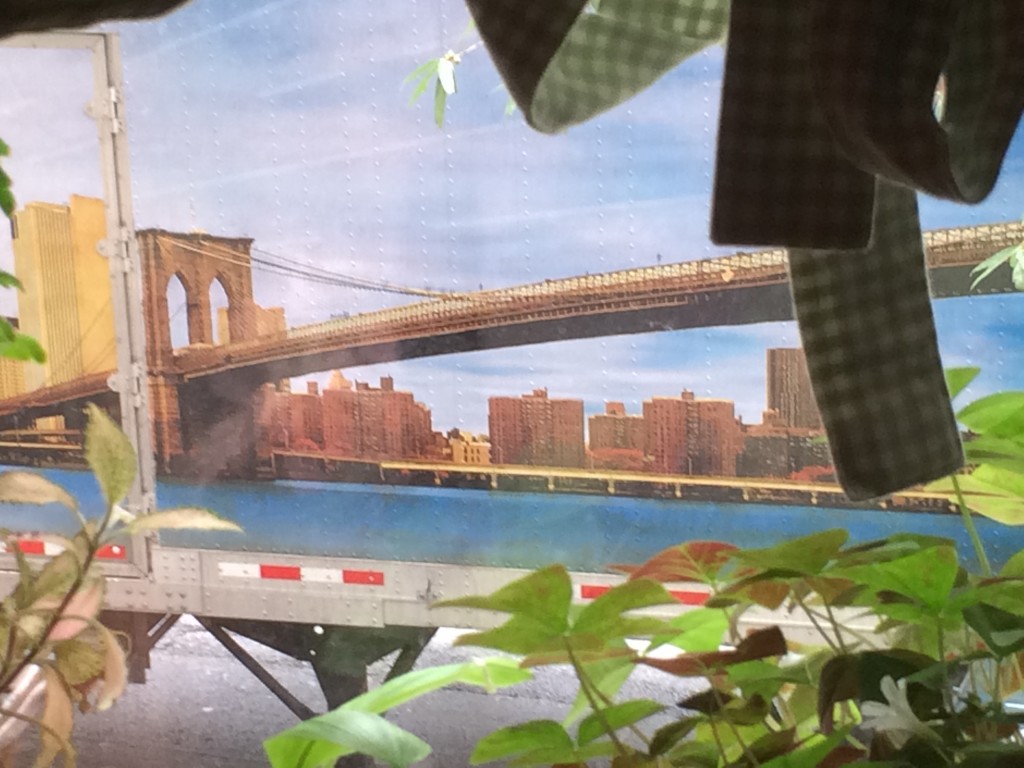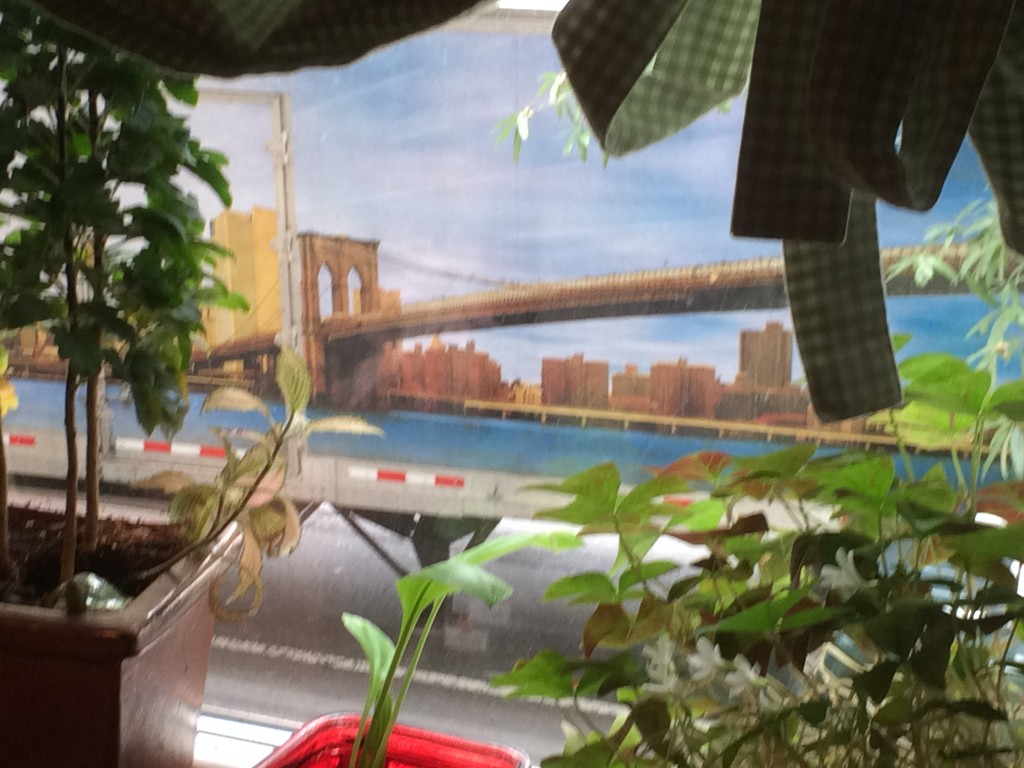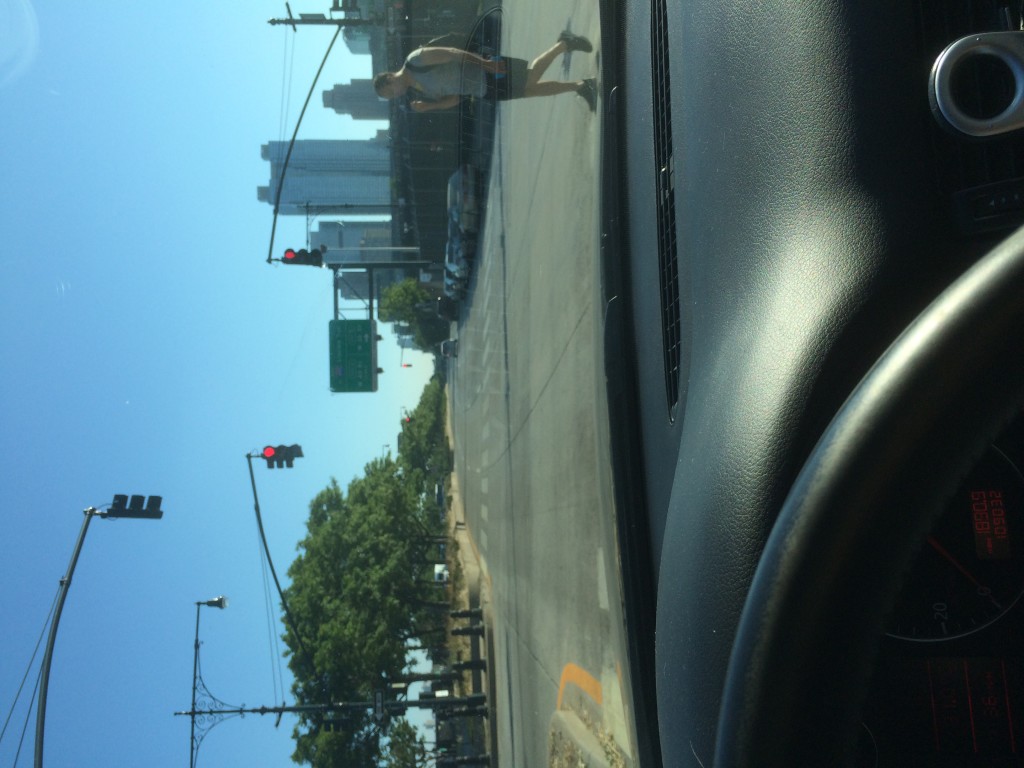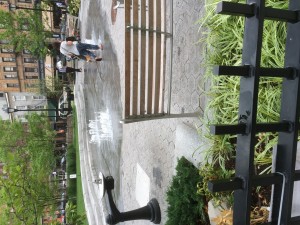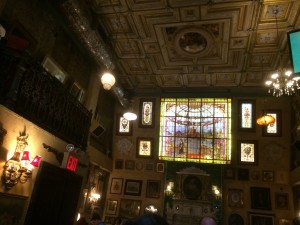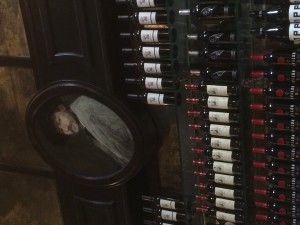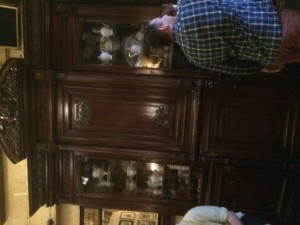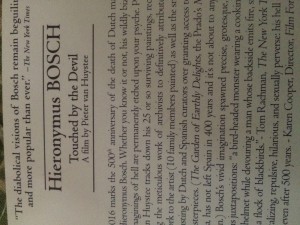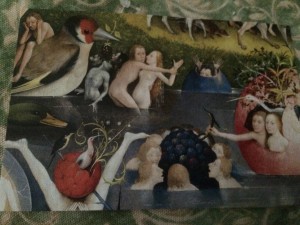NOT a Car, rather A Trike on Steroids
Did You See the Undercarriage of the Truck
of the view outside my window?
that scene was painted on the side of parked truck.
could not resist.
Caught Me By Surprise
View Out My Window
“You Made It So Easy”
The nicest remark a director can make to an actor at the end of a shoot.
Mind Blowing
Clearly Posted:
Lillie’s Time Square
Hieronymus Bosch- touched by the devil
A must see Documentary on the works of this 500+-year-old Dutch painter. You might know his work by the ‘fruit/vegetable face portraits. This story is about preparation for an exhibit celebrating his works, with a bit of snarky interchange between important museums. Art, the ultimate grab!
The description below is entirely lifted from a webpage… but it was not clear to whom the credit should be given.]
Hieronymus Bosch, born Jeroen Anthonissen van Akeniwas born Jheronimus (or Jeroen) van Aken (meaning “from Aachen”). He signed a number of his paintings as Bosch (pronounced Bose in Dutch). The name derives from his birthplace, ‘s-Hertogenbosch, which is commonly called “Den Bosch”.
Little is known of Bosch’s life or training. He left behind no letters or diaries, and what has been identified has been taken from brief references to him in the municipal records of ‘s-Hertogenbosch, and in the account books of the local order of the Brotherhood of Our Lady. Nothing is known of his personality or his thoughts on the meaning of his art. Bosch’s date of birth has not been determined with certainty. It is estimated at c. 1450 on the basis of a hand drawn portrait (which may be a self-portrait) made shortly before his death in 1516. The drawing shows the artist at an advanced age, probably in his late sixties.
Bosch was born and lived all his life in and near ‘s-Hertogenbosch, the capital of the Dutch province of Brabant. His grandfather, Jan van Aken (died 1454), was a painter and is first mentioned in the records in 1430. It is known that Jan had five sons, four of whom were also painters. Bosch’s father, Anthonius van Aken (died c. 1478) acted as artistic adviser to the Brotherhood of Our Lady. It is generally assumed that either Bosch’s father or one of his uncles taught the artist to paint, however none of their works survive. Bosch first appears in the municipal record in 1474, when he is named along with two brothers and a sister.
Hertogenbosch was a flourishing city in fifteenth century Brabant, in the south of the present-day Netherlands. In 1463, 4,000 houses in the town were destroyed by a catastrophic fire, which the then (approximately) 13-year-old Bosch may have witnessed. He became a popular painter in his lifetime and often received commissions from abroad. In 1488 he joined the highly respected Brotherhood of Our Lady, an arch-conservative religious group of some 40 influential citizens of ‘s-Hertogenbosch, and 7,000 ‘outer-members’ from around Europe.
Some time between 1479 and 1481, Bosch married Aleyt Goyaerts van den Meerveen, who was a few years older than the artist. The couple moved to the nearby town of Oirschot, where his wife had inherited a house and land, from her wealthy family.
An entry in the accounts of the Brotherhood of Our Lady records Bosch’s death in 1516. A funeral mass served in his memory was held in the church of Saint John on 9th August of that year.
